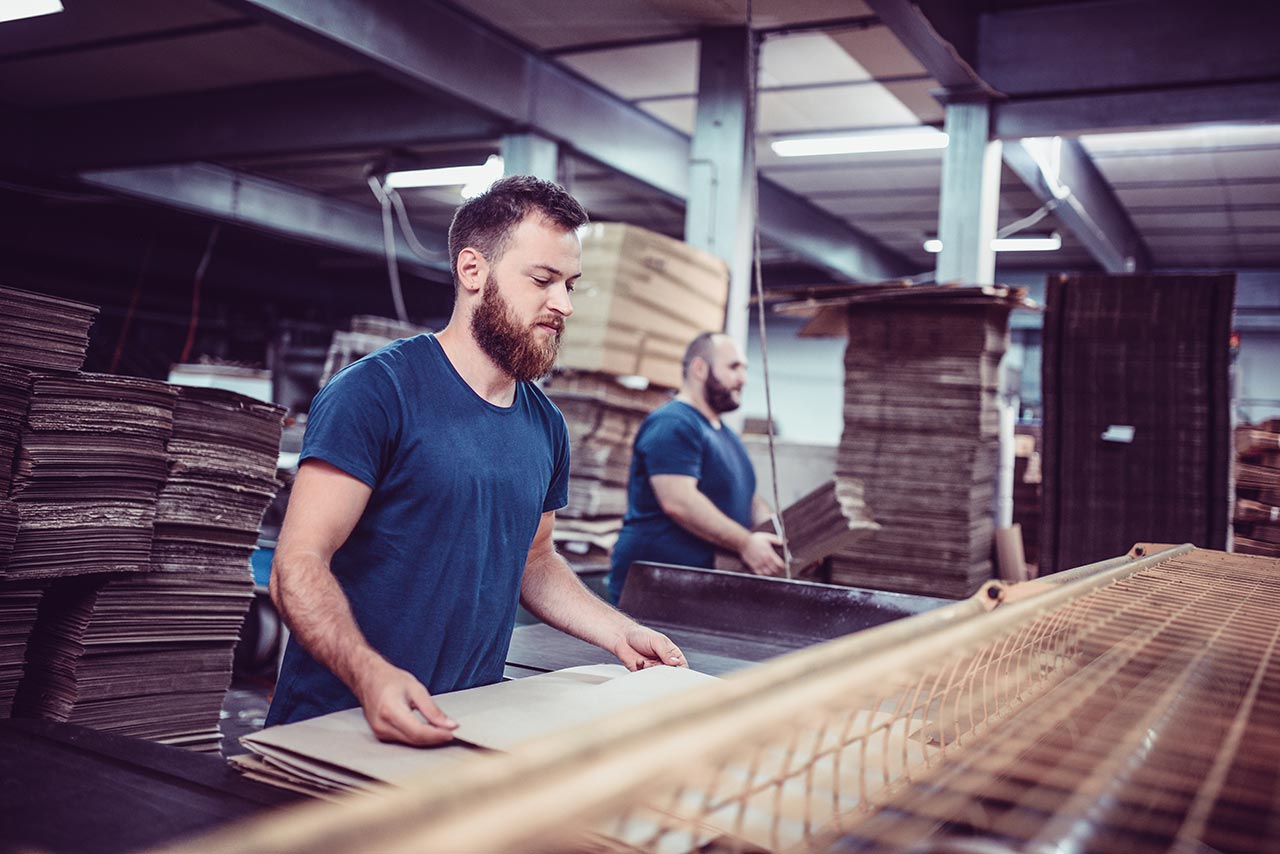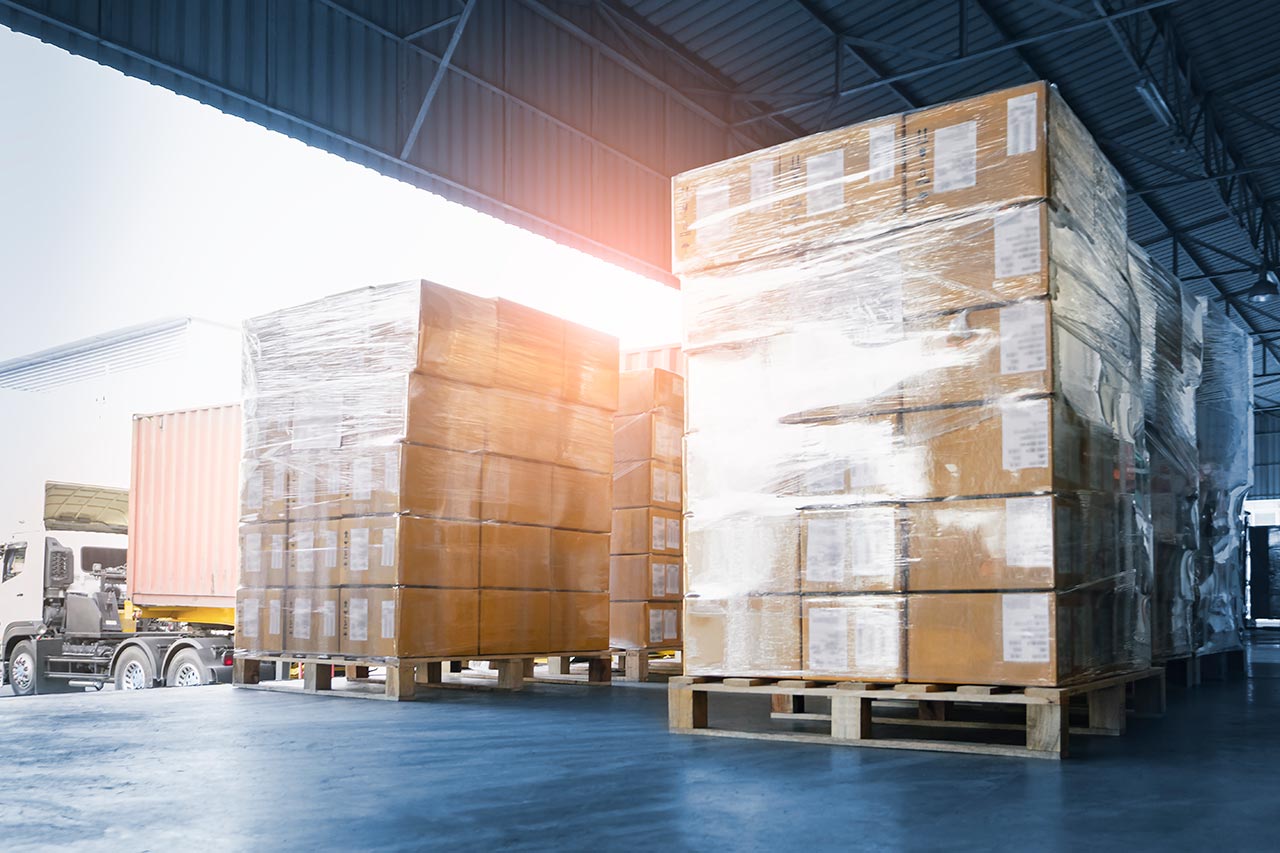Mar 31, 2023 by Mark Dingley
The Australian has released its annual list of the richest 250 people in the country. So who are Australia’s richest manufacturers? And what does The List tell us about the state of manufacturing in 2023?
Australia’s Richest 250, a list published annually by The Australian newspaper, has arrived for 2023. ‘The List’ is the largest annual study of Australia’s 250 wealthiest individuals, with the figures calculated in mid-February each year before it’s published in March.
Unsurprisingly, mining magnate Gina Rinehart takes out the top spot in The List once again, with a fortune of $37.10 billion, up from $32.64 billion last year.
Fortescue Metals chairman Andrew Forrest takes out number two with a fortune of $35.21 billion.
We see the first manufacturer in the third spot: Visy executive chairman and owner of Pratt Industries, Anthony Pratt and his family with a net worth of $27.87 billion.

Last year, the technology revolution heralded a shift from ‘old’ industries such as mining and manufacturing to newer tech and online sectors.
But in 2023, the old guard is back – miners, manufacturers and property developers have risen back to the top.
Technology took a tumble this year. The two Atlassian co-founders and the two Canva co-founders are still in the top ten, but collectively have dropped around $25 billion this year from their paper fortune, which is a barometer of what's happened to the tech sector in general.
By contrast, the more ‘traditional’ industries have done well: manufacturing, mining and property.
It should come as no surprise that manufacturers rank well on the The List. Globally, manufacturing is the second most lucrative industry for billionaire production. In fact, in 2022, 12.6% of the world’s billionaires worked in manufacturing.
The richest manufacturer in the world is He Xiangjian with a net worth of $24 billion in 2022. He has built Midea Group into one of the world’s largest electrical appliance makers.

We can learn from everyone on The List – whether it’s to invest in strategic property locations, or take a chance on a new technology innovation.
Then, there are certain manufacturers on the list whose tenacity and business prowess has seen them rise to the top.
Let’s look at their stories for inspiration:
Executive chairman, Visy. Owner, Pratt Industries
Anthony Pratt’s spot as number three on the The List is a lesson in commitment. He inherited ownership when his late father Richard Pratt died in 2009, and now owns Pratt Industries in the US and shares ownership of Visy in Australia with his sisters Fiona Geminder and Heloise Pratt.
Combined, the businesses rake in more than $10 billion in annual revenue. Hundreds of Visy and Pratt Industries factories are dotted around Australia and the United States, churning out $10 billion worth of boxes, bottles and packaging annually.
Visy makes 1.5 million tonnes of paper each year in Australia. Meanwhile, in Australia, Pratt Industries employs some 11,000 factory workers.
But that doesn’t mean Pratt is resting on his laurels. He says his dream is to be known as a landfill-diversion business, not just a manufacturer. He wants to convert waste to energy to run his factories, make paper shopping bags to eliminate single-use plastics, and create recycling resin to make bubble wrap in packaging.
With a market share of about 7% in America, he is committed to growing the business, announcing he will invest more than $7 billion expanding in the US over the next decade, including spending on a recycling and clean energy infrastructure to create more than 5000 manufacturing jobs in 10 years. Pratt claims his new Henderson mill in Kentucky is going to be the most technologically advanced in the world and is set to produce more than 1500 tonnes of recycled paper every day.
It will be designed to use more adulterated waste with artificial intelligence for optimal sorting, with less landfill produced and less water required.
In Australia, Pratt dominates the industry but is still spending $2 billion on new clean energy plants and other initiatives such as increasing the recycled content of glass bottles.

Chairman, Moose Toys
Moose Toys is one of Australia’s biggest export success stories of the past 20 years.
Manny Stul bought the small struggling business in 2000 when he was semi-retired. Together with his wife Jacqui Tobias and stepson Paul Solomon, he has built Moose Toys into a global powerhouse from its base in Moorabbin in Melbourne.
The company now has annual revenue of more than $1 billion around the world. It has 700 employees, mostly based in Melbourne, and won a string of toy awards in the US and Europe for products such as the Shopkins and the Magic Mixies Magical Mixing Cauldron.
Moose has survived some setbacks in the past few years. Aside from the pandemic, when its entire staff worked from home, it endured the 2018 collapse of Toys R Us, a vital retail partner in the US, its biggest market.
But this opened doors for Moose. They pivoted to online sales and strengthened relationships with Amazon, Target and Walmart to drive an e-commerce sales boom.
Co-founders, Borg Manufacturing
What started as a small joinery firm out of a garage by two brothers in 1989, Borg Manufacturing is today one of the most successful and profitable Australian manufacturing companies.
Employing more than 2000 people, Borg includes 11 different businesses ranging across the manufacturing of laminate panels (under the Polytec brand) and pallets, the design and construction of factories, workplace training, recycling, and timber growing.
It’s all about vertical integration. Vertical integration allows a company to take direct ownership of various stages of its production process, and that’s exactly what Borg is doing with its recycling and timber growing businesses.
And it’s working. In 2022, Borg Manufacturing made a $83 million net profit from $860 million revenue.

Director, Penrite Oil
New to The List in 2023, Dymond and his family oversee another of Australia’s most successful local manufacturers, Penrite Oil.
Penrite makes vehicle and industrial lubricants, coolants, gear oils and hydraulic fluids from a base in Melbourne. With an almost 100-year history, this business is Australian through and through: Dymond’s late father John and mother Margaret bought the business in 1979 from Les Mercoles, who started it from his parents’ home in St Kilda in 1926.
The first batches of oils were cooked up by the 16-year-old Mercoles on the kitchen stove and delivered to local service stations, milling factories and the shipping port in his father’s wheelbarrow.
The Dymond family is at the heart of the business and promotes the Penrite brand as Australian and family-owned in everything they do – the biggest of which is their support for the Supercars racing series. They even have their own Penrite Racing team.
Penrite made a $46 million net profit from $254 million revenue in 2022.
19. Vivek Sehgal ($4.61b) – Chairman of car parts manufacturer, Motherson Sumi Systems.
213. Sunny Ngai & family ($603m) – General Manager of ABC Tissue Products (including Quilton, CottonSoft and Earthcare, among others).